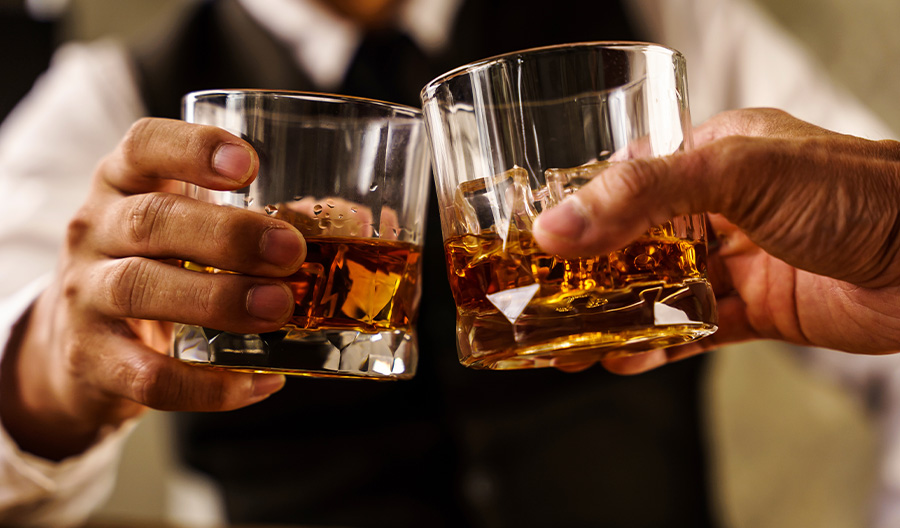Whiskeys are available in a great range of flavors: everything from the classics—such as Scotch and Bourbon—to lesser-known brands from Japan. However different all these whiskeys maybe they share commonalities as they are distilled from some of the same grains and are aged in a variety of common woods.
From that point on they are all separated by local production rules and how each region is fine-tuning its product. What eventually hits the shelf is likely to be influenced by local laws—such as the fact that American Bourbon needs to be made with 51 percent corn although it generally contains more—as well as the types of barrels in which the final product is aged.
However, a handful of key producers have been changing the game by adding fruit flavors to whiskeys and Bourbons. One major supplier has put peach in the Bourbon flavor profile. Others have contributed chocolate-, peanut butter- and cherry-influenced whiskey versions. There is still, clearly, a lot of territory to explore with new iterations.


A Closer Look
Brown spirits, in general, have seen a major resurgence in the past couple of years. It is reminiscent of what happened in the 1960s. Some iconic producers, and imbibers, have taken to calling it another “Golden Era.”
Domestically produced spirits have often focused on a spicier taste profile, usually produced by upping the amount of grain in a spirits mash bill, or essentially its recipe so to speak.
Many unaged whiskeys are also gaining traction, as consumers like their intense flavor profiles and easy-to-drink flavors. This has given room for the category of white whiskeys—which are raw and unaged—to blossom. In the same new vein of thinking, many distillers are focusing more on blends, which were long the base of the category, before single malts took over the status competition decades ago.
Barrel Choices
While Bourbon is generally aged in new, charred oak barrels, a lot of experimentation is going on with different barrel finishes for a number of whiskeys. They currently include Sherry, rum, Cognac and even wine-finished barrels. This luxury of choice is giving distillers lots of options.
What is more, producers are looking into new types of woods to use for their barrels. A lot of it goes back to the classical standards used in Cognac and trying to follow the same path while trying to give things a new twist. Some producers are also actively seeking out more toast and char in their barrels in order to give more flavor and color to the final product.
To Blend and Age or Not To
The entire foundation of whiskey production has been up for debate recently. Many houses want to continue to blend their products, as well as produce single malts, in order to maintain their traditional house styles.
However, some want to shake the market up. The same questions also float around the value of specific age statements on bottles. However established whiskey producers aren’t likely to give those up anytime soon.

